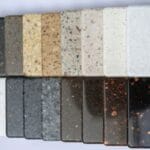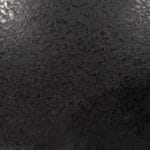Drywall texture is the process of adding surface texture to drywall in order to enhance its appearance. There are four main processes for applying drywall texture: taping, scrubbing, floating, and spraying.
Taping is the process of applying multiple layers of a joint compound onto an area of drywall and then using a long sheet of textured paper called a “tape” to “wrap” the compound. Scrubbing is the process of applying joint compound to a previously sanded piece of drywall and then spreading it with a stiff brush.
Floating refers to applying a joint compound. It is a pattern that you apply to your walls with a putty knife and then texture using a sponge to achieve the desired design. Each wall surface will have a pattern and the texture will go in one direction on an 8-foot wall. Here are a few common patterns:
Knocking: Knocking, a rough texture similar to sandpaper, is popular in kitchens because it is more durable than other designs.
Sand: Sand is a very light texture and it can look a lot like wood.
Shake: Shake is a very coarse texture that looks like wooden shingles.
The surface quality is noticeable, if latex paint or sealant are applied on drywall. The following are some of the most common drywall textures:
Orange Peel Texture

In Orange Peel texture is a type of drywall that produces a pattern on the surface that resembles an orange peel. A machine creates the pattern during the production of the drywall.
There are a few reasons why someone would want to have this type of texture in their drywall.
First, is that it is often cheaper than another type of drywall, as it is one of the cheaper textures. You can use this texture for insulation because it doesn’t need a primer. It is also lighter and easier to install than other textures.
Read More: Can You Use Fabuloso On Countertops?
This texture is the name given to rough and bumpy texture on the surface of the drywall. Because it is a type of drywall that is porous, and this helps to make it more resistant to mold and mildew.
This is not new drywall, but it does date back to the 1930s. Also it is often found in older construction. It is a product that is generally available as a pre-mixed drywall compound.
Also this material is user-friendly and allows troweling or spraying onto the drywall panels. To create orange peel texture, mix sand, cement, and organic material in the desired ratios with water, and often add additional ingredients such as cellulose, paper, or fiber glass.
Popcorn Texture
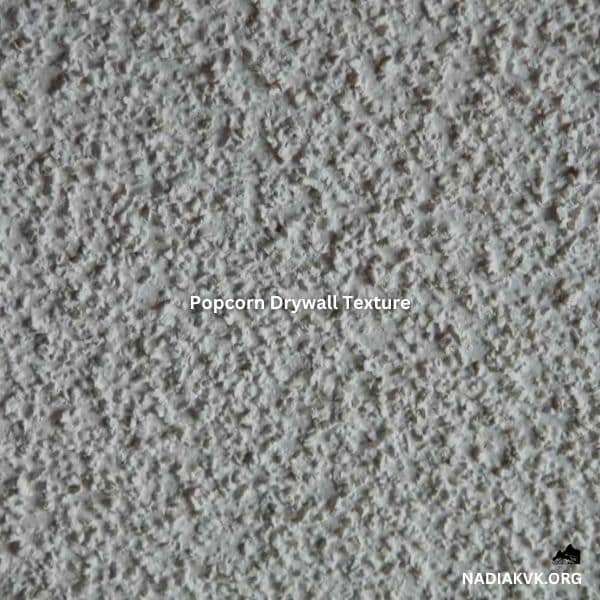
The Popcorn texture is a type of finishing applied to drywall commonly found in older homes. Two pieces of textured sheetrock, one smaller than the other, give the texture, and workers attach them to the wall using a mortar joint.
Apply the larger sheet to the wall, then embed the smaller sheet inside. Finally, apply a finish, often a white or light gray paint, to the surface of the drywall.
The popcorn texture on drywall surfaces is the result of the joint compound over the wall.
Applying joint compound unevenly creates a raised surface with a “popcorn” texture. Usually, interior walls and ceilings are where you’ll find it. Also you can observe it on outside walls, though.
Applying joint compound over the walls creates uneven bumps and ridges as it dries.
Popcorn texture can have either a light color or a darker hue, depending on the type of joint compound used. Additionally, applying white or light-colored drywall mud and then sanding it can create a darker shade.
It is used for acoustics in homes, usually appears in older homes and also finds use in renovation projects to give a vintage look to new homes.
Popcorn texture is a cheaper version of other textures and has a cork-textured finish that is less costly than plaster. Downside is that this type of drywall is considered a fire hazard.
See also: Granite Countertop Colors
Knockdown Texture

Knockdown texture is a textured coating that you apply to the drywall before painting. Texture provides a surface for the paint to adhere to and flattens and hides minor imperfections in the wall.
Durock textured coatings is an excellent product for home DIY projects because applying Durock Texture and Paint on drywall typically gives the finished product a crisp, professional look.
It typically takes about 2-3 hours to apply the Durock Texture and Paint. Also, It is a two-step process that includes the application of texture, followed by a clear coat of paint. This textured type of drywall, typically found in older homes, easily sustains damage from paint or wallpaper.
This type of drywall consists of gypsum and chain-saw fiber, which manufacturers grind finely before incorporating into plaster. Contractors apply it to the seams in drywall to disrupt the joint’s continuity and produce a textured surface. After application to the seams, contractors sand them before applying a finish coat.
See also: Knockdown Texture
Venetian Texture
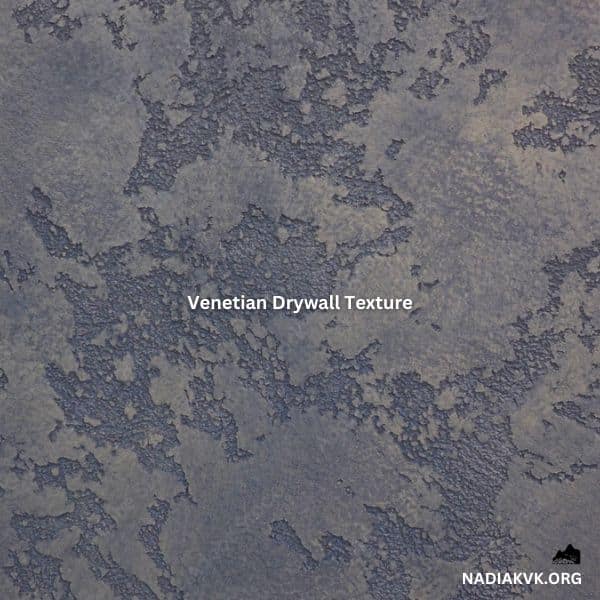
If you’re searching for a new home, you should know about a new type of drywall known as Venetian drywall. Manufacturers produce this drywall from gypsum, giving it a texture resembling marble, but at a lower cost than actual marble sheets.
In addition to being less expensive, this type of drywall is also fire-resistant and will not emit toxic fumes when burned. However, the people who produce this type of drywall are only certified for use in the US, not Mexico, Canada, or anywhere else in the world.
Venetian texture is named after the Italian city of Venice, a city of canals and water. This type of drywall is a plaster-saturated, gypsum drywall that offers an elegant, yet muted appearance.
Also it is known as a plaster-board texture, a type of surface texture that is applied to drywall for decorative purposes. And it typically has a smooth finish. To reduce the use of Venetian drywall texture, people have made efforts due to the harmful effects of asbestos and asbestos containing drywall.
Stomp Brush Texture
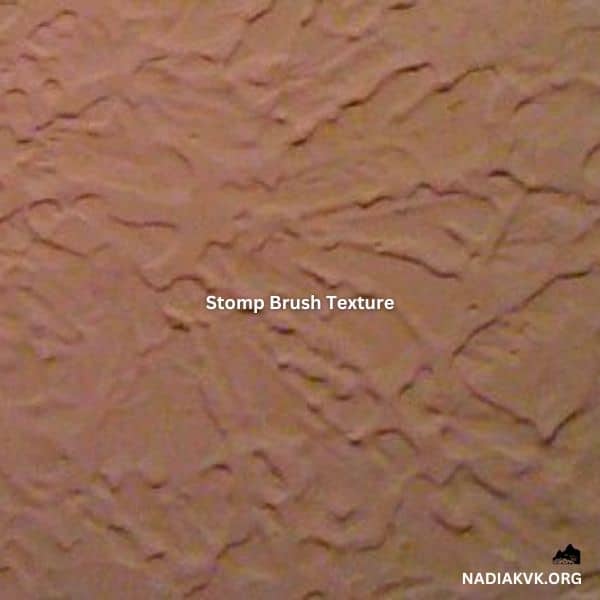
A stomp brush creates a plain and flat finish on drywall surfaces, it applies a textured appearance, with options including cedar, slate, and plaster. Among these, the “stomp brush” technique stands out as particularly popular.
The texture derives its name from the sound it creates when applied to drywall and the process is also very easy to apply, and it is one of the most inexpensive textures.
However, for price-conscious do-it-yourselfers, it is also one of the most time-consuming. Here is what you need to know about Stomp Brush Texture.
Stomp Brush Filter
Every Stomp Brush Texture, no matter the style, begins with Stomp Brush. This highly advanced filtering process is an industry first, specifically for textures. It can deliver a smooth, glossy surface, or a rustic, weathered surface. It can also give a subtle look or a stark, tough look with some pops of color.
Comb Texture
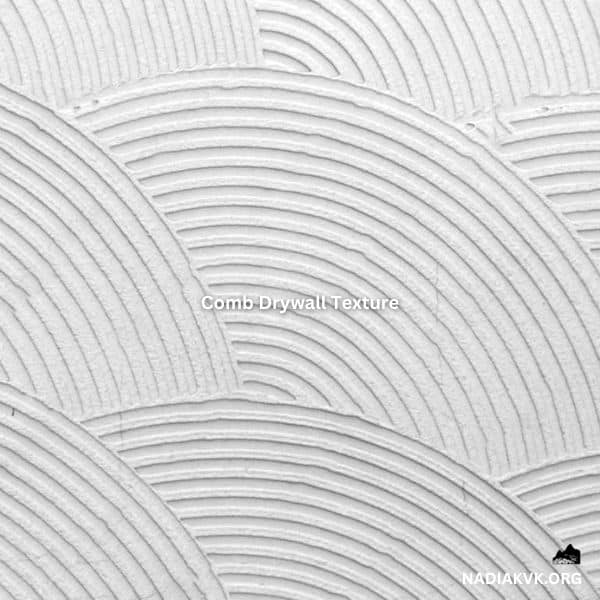
The comb is popular because it is a break from the standard textures that people have in their homes. This texture is a little more textured than the standard texture, which would be a flat or smooth texture. This texture is made from sandpaper to ensure that it has a light rough feeling to it.
This style of texture can be very heavy and soundproof due to the roughness of the texture. This can be an option to have in a room where sound is coming from all angles.
Using COMB texture is a great way to achieve a classic textured look without investing the time and expense required for a traditional textured base. It offers a simple formula designed for your base coat.
See also: Stainless Steel Countertops
It’s much easier than the old-fashioned way of finishing walls with a trowel and grit texture. And with our last-touch application system, there’s no need to go back to touch up any hiccups. Also it’s stain-proof, ready to use, and easy to maintain. It’s free from corrosive chemicals and silicone. And it’s safe to use with our acrylic latex.
Combo texture is a type of drywall that offers a refined texture and good sound absorption due to the sound-absorbing material that is part of the drywall.
Combo drywall is made up of a layer of gypsum drywall that has a layer of peel & stick sound absorbing material on one side. And the combination of the two materials provides excellent sound absorption and finishing.
Sand Swirl Texture
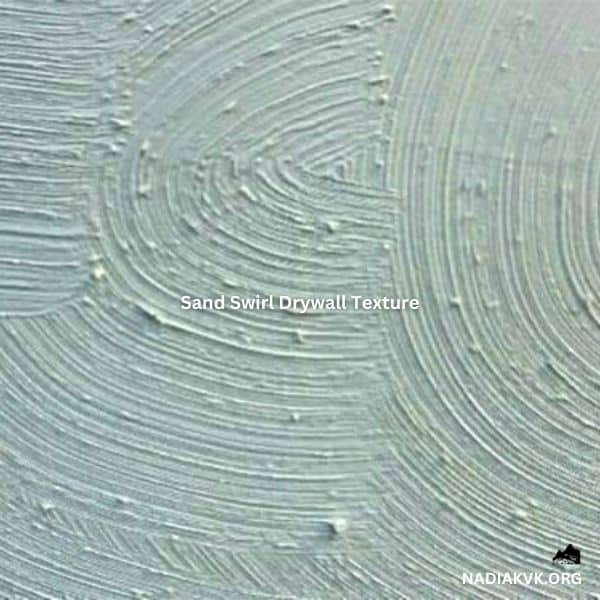
Sand swirl texture represents a new design that experts are experimenting with as an alternative to standard texture. Because it has the appearance of a desert sand dune. Consider the texture for its ability to create the look of natural sand and stone from which the pattern originates.
Another advantage of Sand Swirl texture is that it is more cost-effective than standard texture. The downside to Sand Swirl drywall is that it doesn’t provide the fire or water protection of standard drywall.
Read More: Black Quartz Countertops
The name originates from visuals resembling a roofing shingle that abruptly whips around a tight corner of a house, suggesting an out of control movement. These patterns are also frequently present on the backs of drywall panels.
Marks are the result of manufacturing faults and are most often found on lightweight papers. These papers have a tendency to scratch more easily and have a higher tendency to have undesired patterns. Drywall containing these flaws is typically pulled off the line and thrown out. These flaws may also be left.
Skip Trowel Texture
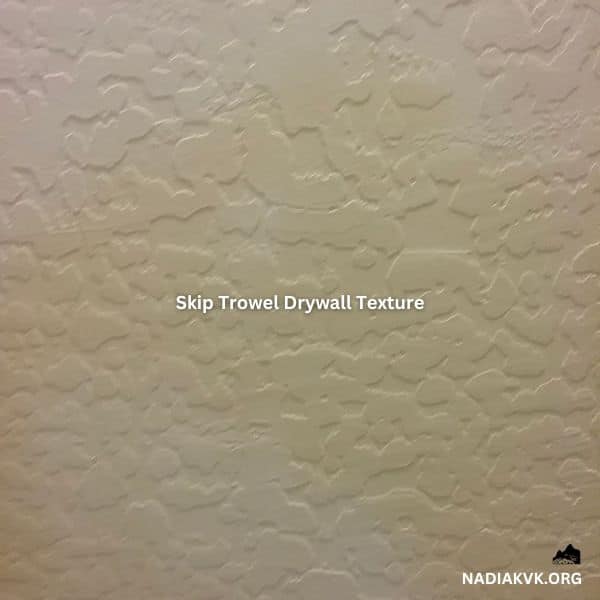
The Skip Trowel is very textured drywall. It has the finish of the textured paper. Also the result is drywall that has a slightly more pliable texture, but a bumpy one that will not become slippery. It is ideal for an environment like a public restroom.
One of the most common textures for exterior walls, as well as interior walls and ceilings that require to remain dry, such as those in a kitchen or bathroom, involves applying a joint compound with a trowel with ridges on the back. This It is medium to light and is a great option for walls. Because skirt trowels or power trowels were created with the hope of enabling masons to create an even surface.
Read More: Labradorite Countertop
The speed at which they work is based on the speed of the trowel and the wetness of the plaster. Skirt trowels create an even finish that stores water. Also these devices often have a sandpaper flap on the back, which is useful for smoothing out rough patches and sloped surfaces.
Lace Texture
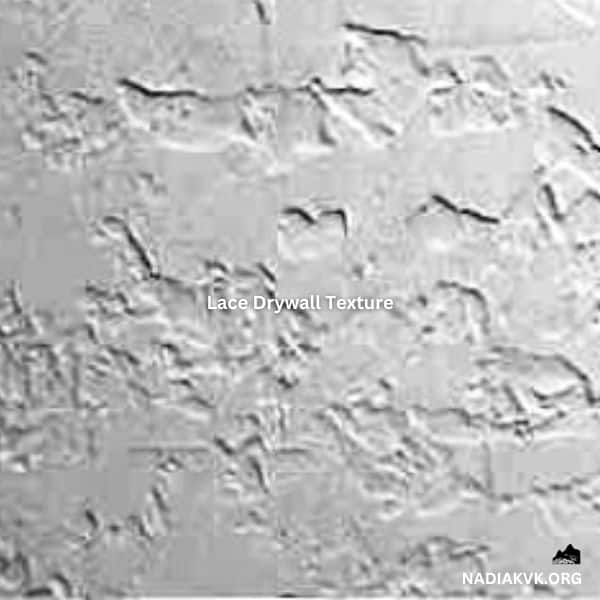
Lace Texture is popular in the United States especially in regions with high humidity. It is popular because it is not too rough on the hand and also conceals blemishes in the drywall.
Texture also makes it easier to keep flaked and cracked drywall from showing up. Along with this the texture also helps with plastering. This may sound odd but the texture helps with plastering because the bumps on the drywall become air pockets.
This is beneficial for plastering because the plaster expands into these bumps and does not show on the outside of the drywall.
Slap Brush Texture

Slap brush drywall texture is a rough finish that you can achieve with a standard 3-inch paint roller. This type of rough finish is often applied to ceilings to provide more texture and to provide a more textured barrier against water.
When done right, slap brush texture can be a beautiful and durable finish, though it can also be sloppy and difficult to make consistently. The cost of installing this type of texture is around to per square foot.
To install this type of texture, you have various options, but it’s advisable to use drywall screws to prevent cracks from forming. Additionally, for drilling holes, it’s recommended to use a 3/8 inch carbide bit.
Read More: How To Seal Dolomite Countertops
Pros and Cons
- Drywall is a noncombustible building material used to build and support interior walls, ceilings, and fireproofing.
- Traditionally, drywall material has been either smooth, having a very matte surface, or white from plastering or painting. As these coatings were applied, the material would be pushed up, causing a raised texture.
- Other advantages to this popular choice is the additional sound insulation that it provides. It is also resistant to heat, which makes it perfect for climates where summer temperatures are intense. There are also fire-retardant properties that come with drywall texture.
- However, in recent years, new drywall has emerged which now only has texture on the surface, not on the back. When constructing drywall, this material is slightly more expensive because it lacks a layer of rockweed, unlike other types.
- Building drywall is a serious undertaking that takes time knowledge and skill. Because of how difficult it can be to get it right, many people opt for drywall texture to help hide any imperfections.

